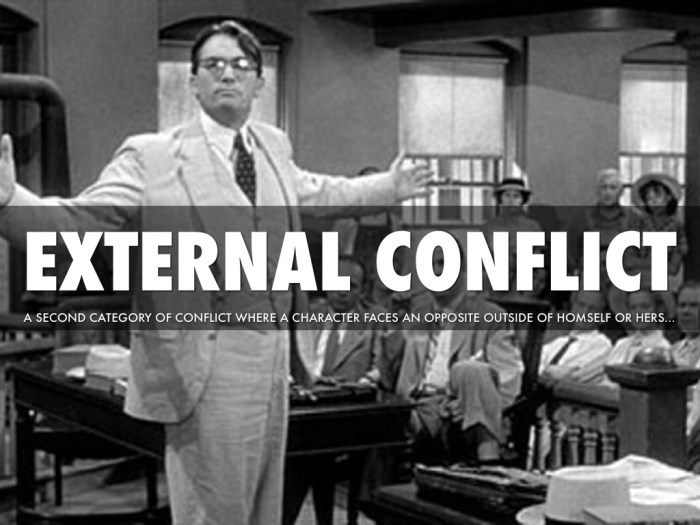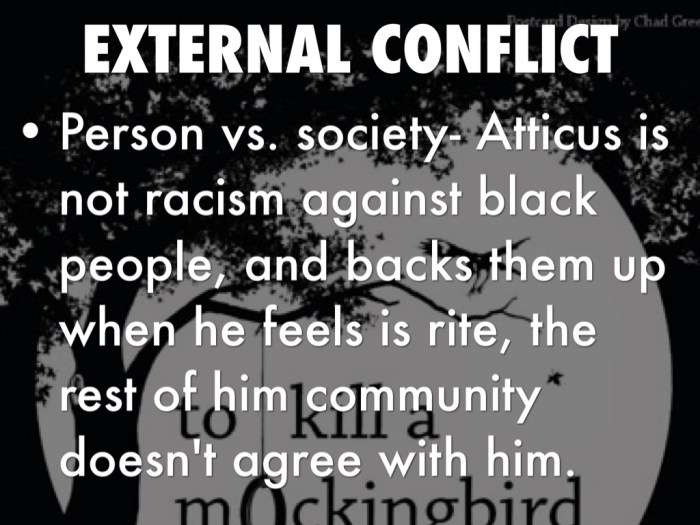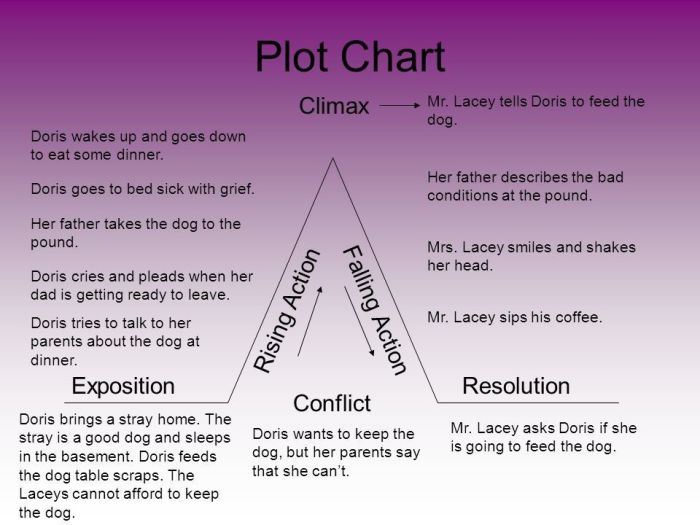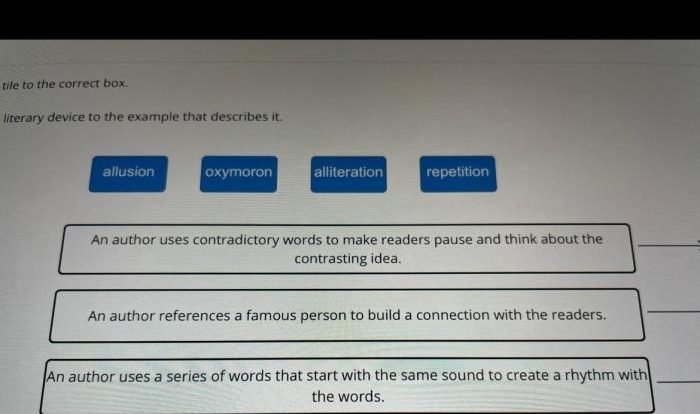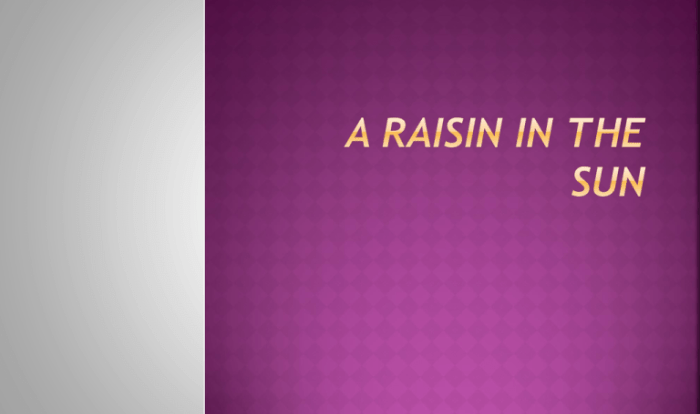External conflict in To Kill a Mockingbird takes center stage, propelling readers into a world fraught with prejudice, isolation, and injustice. Harper Lee’s timeless masterpiece explores the complexities of human nature and the profound impact of societal divisions.
This literary analysis delves into the multifaceted external conflicts that shape the novel’s narrative, examining the deep-rooted prejudice of the Ewells, the social isolation and persecution faced by Boo Radley, the racial bias permeating Tom Robinson’s trial, and the overarching conflict between good and evil.
Expert Answers: External Conflict In To Kill A Mockingbird
What is the central external conflict in To Kill a Mockingbird?
The central external conflict revolves around the racial prejudice and injustice faced by Tom Robinson, an African American man falsely accused of raping a white woman.
How does Boo Radley’s isolation contribute to the external conflict?
Boo Radley’s social isolation and persecution by the community symbolize the fear and ignorance that perpetuate prejudice and injustice.
What is the significance of the Ewells’ prejudice towards the African American community?
The Ewells’ deep-rooted prejudice serves as a microcosm of the systemic racism and discrimination prevalent in the novel’s historical context.
